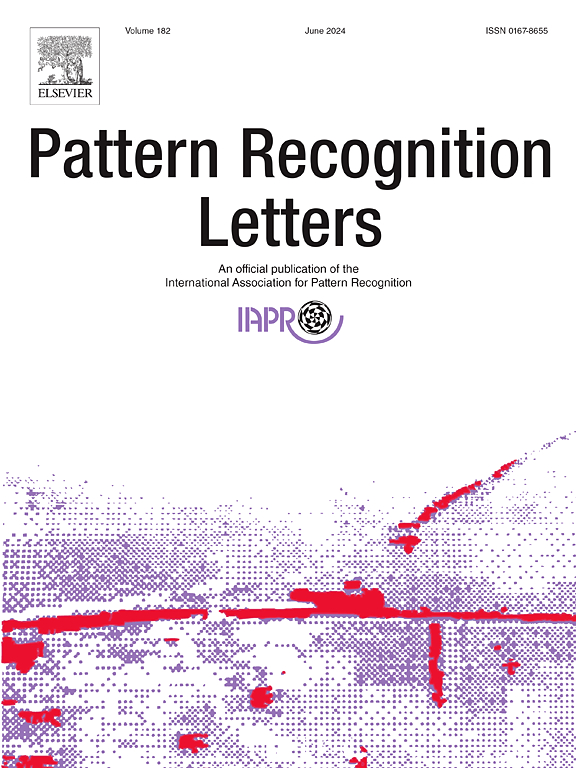Enhanced multi-modal abdominal image registration via structural awareness and region-specific optimization
IF 3.9
3区 计算机科学
Q2 COMPUTER SCIENCE, ARTIFICIAL INTELLIGENCE
引用次数: 0
Abstract
Multi-modal abdominal image registration is a critical step in achieving accurate diagnosis and treatment. However, the large field of view, complex organ structures, and significant anatomical variability in the abdominal region pose substantial challenges to precise multi-modal registration. To address these challenges, we propose a novel framework based on structural awareness and region-specific optimization, which progressively enhances registration accuracy through a hierarchical strategy. The core innovation lies in introducing the Modality Independent Structural Awareness (MISA) loss, which comprises two key components: first, it ensures structural consistency across modalities by deeply understanding the critical anatomical structures; second, it employs a region-specific weighting strategy to prioritize key anatomical regions, such as organ boundaries, thereby achieving high-precision, region-specific constraints in multi-modal registration. Experimental results demonstrate that our method outperforms state-of-the-art approaches on two public multi-modal abdominal datasets, particularly in accurately capturing complex anatomical structures and maintaining tissue consistency. Further analysis confirms that the MISA loss and its two innovative components are pivotal in enhancing multi-modal abdominal image registration accuracy.
求助全文
约1分钟内获得全文
求助全文
来源期刊

Pattern Recognition Letters
工程技术-计算机:人工智能
CiteScore
12.40
自引率
5.90%
发文量
287
审稿时长
9.1 months
期刊介绍:
Pattern Recognition Letters aims at rapid publication of concise articles of a broad interest in pattern recognition.
Subject areas include all the current fields of interest represented by the Technical Committees of the International Association of Pattern Recognition, and other developing themes involving learning and recognition.
 求助内容:
求助内容: 应助结果提醒方式:
应助结果提醒方式:


